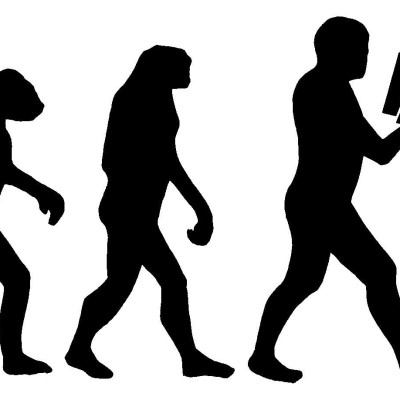Introduction
In this post, we will look at what the premise of Evolutionary Theory is, and we will also explore how evolution is said to operate. That is, what is the process by which Evolution is said to function and to change and create life over time?
Premise of Evolution
Evolution is based on the basic idea that “complex beings could not have just appeared, they must have gradually evolved from molecules – given enough time”. This is the notion that humans (or dogs, cats or flowers) could not just spontaneously appear, so they must have formed gradually and have taken “millions of years” to do so.
This basic idea appears sensible, as we do not observe animals just appearing out of nothing.
Process of Evolution
As we saw above, the basic premise is that fully formed animals cannot just appear out of nothing. The question then remains, how did the complexity and diversity of life that we see around us come into being. This required an explanation, and one that would be plausible to the scientific community.
Evolutionary theory says that, given this observed complexity around us, it must have taken a very long time for complex beings to form. This means that non-living chemicals organise themselves into self-reproducing organisms, and then evolve through a cycle of “birth / reproduction; improvement by mutation (error); survival of the fittest; death”. Over very long timescales this leads to man evolving (ultimately from a collection of random molecules).
It is important to note, that evolution relies on random mutations to produce changes which are beneficial. This requires those random mutations to be a significant improvement over the previous generation – which in turn means that the mutations organism is producing more offspring than the previous generation. The number of additional offspring must also be measurable and significant in order for the mutations to become a “normal” part of the organism from this point forward – otherwise the mutation would not become a standard feature of the population in future generations.
In Closing
This short post has introduced the essentials of evolution. In the next post, we will explore the key challenge to evolution presented by the First and Second Laws of Thermodynamics – we will use scientific principles to challenge evolution! The next article is little more complex, but please bear with it. If we are to understand and challenge evolution then we must understand the science that is being (mis)used to present evolution as correct.

Leave a Reply
You must be logged in to post a comment.